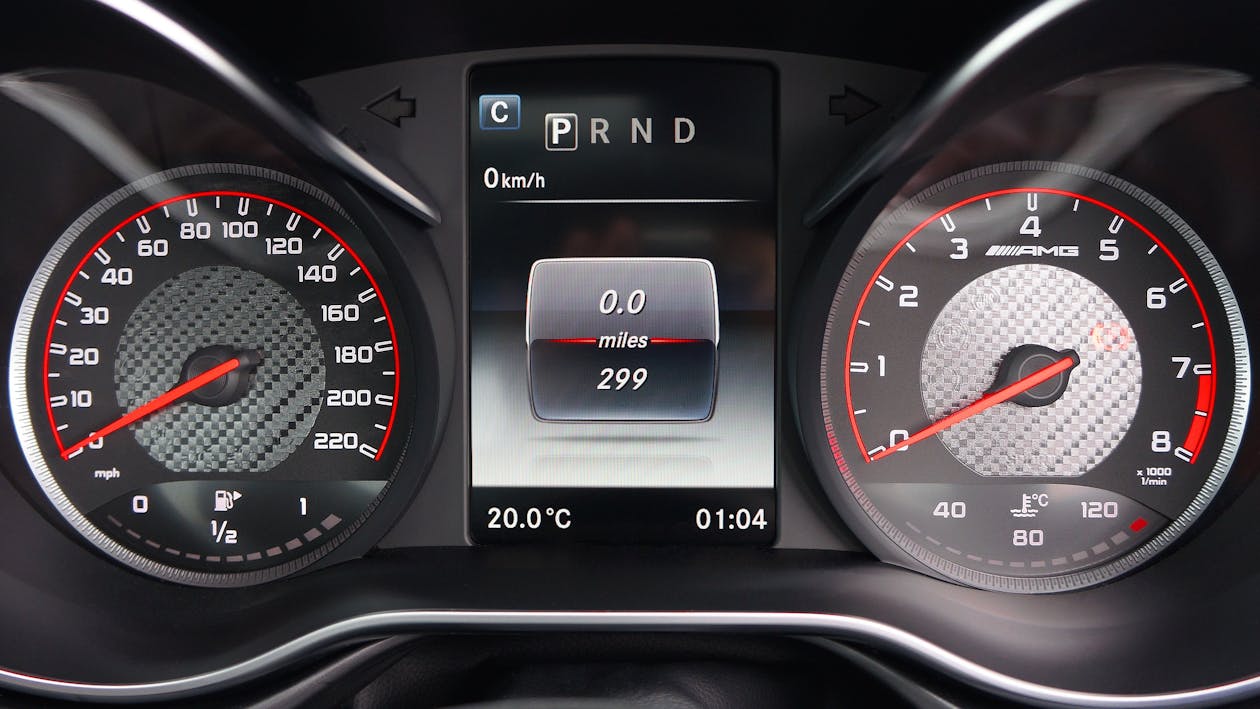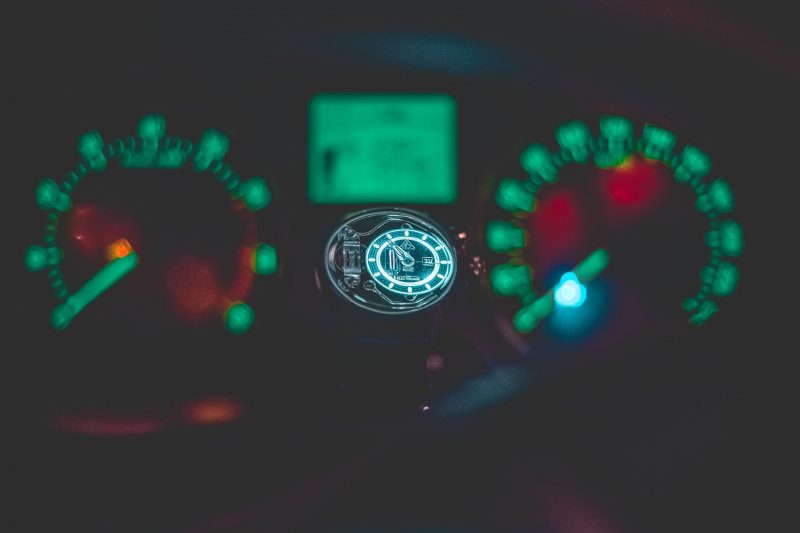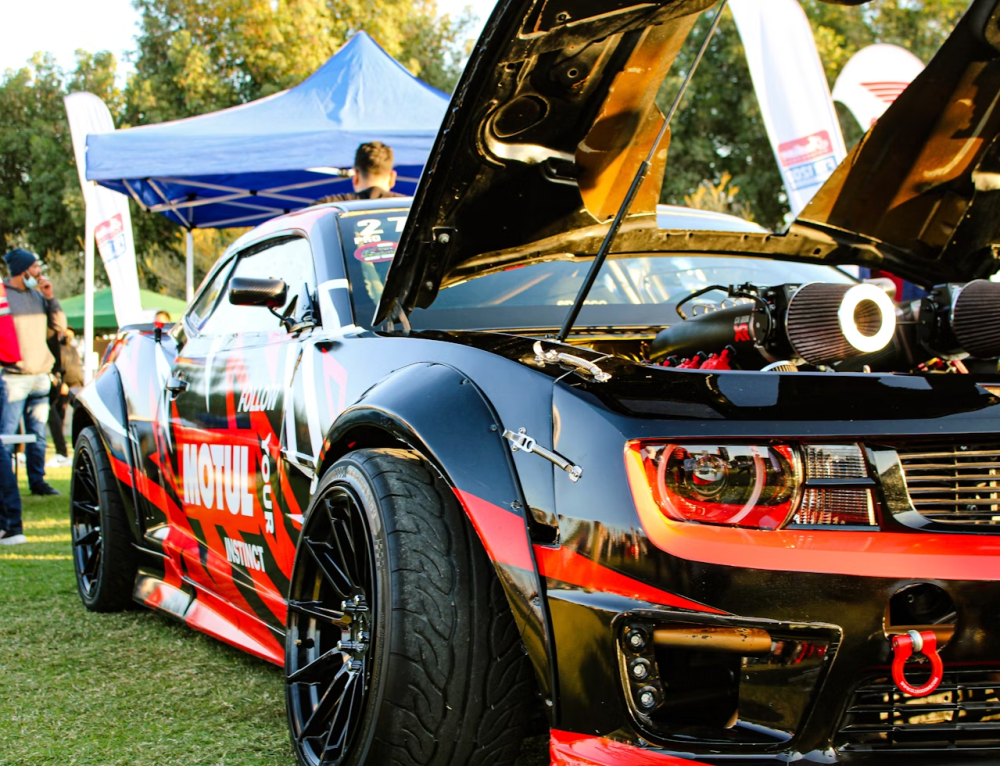How to interpret the indicators on the dashboard of your car before a breakdown
In case something does not work correctly in our vehicles, the indicators in diesel car dashboard will light up to warn us of some type of problem or breakdown . We must know that these indicators may vary depending on the manufacturer since each brand designs its own. Despite this, there is a considerable consensus among them regarding the light signals that appear on the instrument panel of the vehicle.
It is fundamental to correctly interpret the color of the light of the indicators in diesel car dashboards since the color indicates how severe the problem is.

The ones illuminated in red are the ones that represent the most serious symptoms of the breakdown. When this happens, we will have to stop the vehicle in a safe place and warn the mechanics or our insurance. Paying attention to the indicators in diesel car dashboard can help prevent further damage and ensure your safety on the road.
If the warning light is yellow or amber, it means that the severity of the fault or failure is less serious than the previous one and an immediate immobilization of the vehicle will not be necessary. But it is advisable to stop when possible and consult with a professional, as this problem could be aggravated by ignoring the warning until it turns from yellow to red. Indicators in diesel car dashboard also include blue, green, or white lights, which typically signal system status or active functions rather than warnings.
Some basic indicators:

1. Pressure or oil level
When yellow, it indicates that the pressure or the level of oil in the engine of the vehicle is not adequate, so it will have to be checked and refilled if necessary. When red, it indicates that we are facing a serious breakdown and it is possible that the oil pressure is much lower than the minimum necessary for proper lubrication of the engine , which can cause us to damage the engine. These are key indicators in diesel car dashboard that can help prevent costly engine repairs if addressed promptly.
2. Coolant temperature
The red warning light comes on because the temperature of the coolant reaches a temperature higher than recommended, the coolant levels are low, or there is no direct coolant. If it is a temperature problem, it will only be necessary to stop the vehicle and let the engine cool down. These are important indicators in diesel car dashboard that help prevent engine overheating and potential damage.
3. Alternator or battery failure
In some cars, this warning light is usually illuminated without the need to start the engine of the vehicle. If once the engine has been started, we can see that this warning light is still illuminated, possibly the alternator has some kind of failure and is not able to charge the battery or provide enough power to some systems of the car. It is advisable to go to the workshop when this warning light is illuminated since the battery could be completely discharged or it could even affect the car while in motion. These are crucial indicators in diesel car dashboard that should not be ignored to prevent further damage.
4. Brake and hand brake
This warning light will be illuminated whenever the parking brake is applied. Depending on the type of car or model, this symbol can be an exclamation icon or a “P”. If the warning light comes on without setting the handbrake, it means that the brake fluid level is low, so special care must be taken when stopping the vehicle to avoid brake failure since the touch of the pedal will be different and braking might not be regular. These are key indicators in diesel car dashboards that signal potential issues with the braking system, which can compromise vehicle safety.
5. Doors
This warning light illuminates whenever any of the doors, bonnet or trunk of the vehicle is opened or closed incorrectly. In some models, it tells you which door is the one that is open, as soon as you close the door this warning light will go out.
6. Airbag
When this warning light illuminates, it means that one of the airbags is not working properly or that they are deactivated. In some older models, there used to be an indicator for each of the airbags.
7. Belt
This indicator lights up red even though it does not report any malfunction. It illuminates when one of the occupants of the vehicle is not wearing a seat belt. When a certain speed is exceeded, this warning is accompanied by an acoustic signal that warns that some occupant has not made use of the security system. This is one of the indicators in diesel car dashboard designed to ensure the safety of everyone inside the vehicle.
Frequently Asked Questions
What do the red indicators in diesel car dashboard mean?
Red indicators in diesel car dashboard signal serious issues that require immediate attention. These may include low oil pressure, brake system failure, or engine overheating. If a red light appears, stop the vehicle safely and seek professional assistance.
What should I do if a yellow warning light appears on my diesel car dashboard?
Yellow or amber indicators in diesel car dashboard indicate less severe problems but still require attention. While the car can still be driven, it’s best to check with a mechanic as soon as possible to prevent further damage.
How do I know if my oil pressure is low from the indicators in diesel car dashboard?
If the oil pressure warning light appears in yellow, it means the oil level is low and needs to be checked. If it turns red, the oil pressure is critically low, which could lead to engine damage. Addressing this warning promptly can prevent costly repairs.
What does the coolant temperature warning light in diesel car dashboard indicate?
A red coolant temperature warning light in diesel car dashboard means the engine is overheating due to low coolant levels or poor circulation. Stop the vehicle and allow the engine to cool before checking the coolant level.
Why is the battery warning light illuminated on my diesel car dashboard?
The battery or alternator warning light in diesel car dashboard means there may be a charging system failure. If the light remains on after starting the engine, the battery might not be charging properly, requiring immediate inspection.






